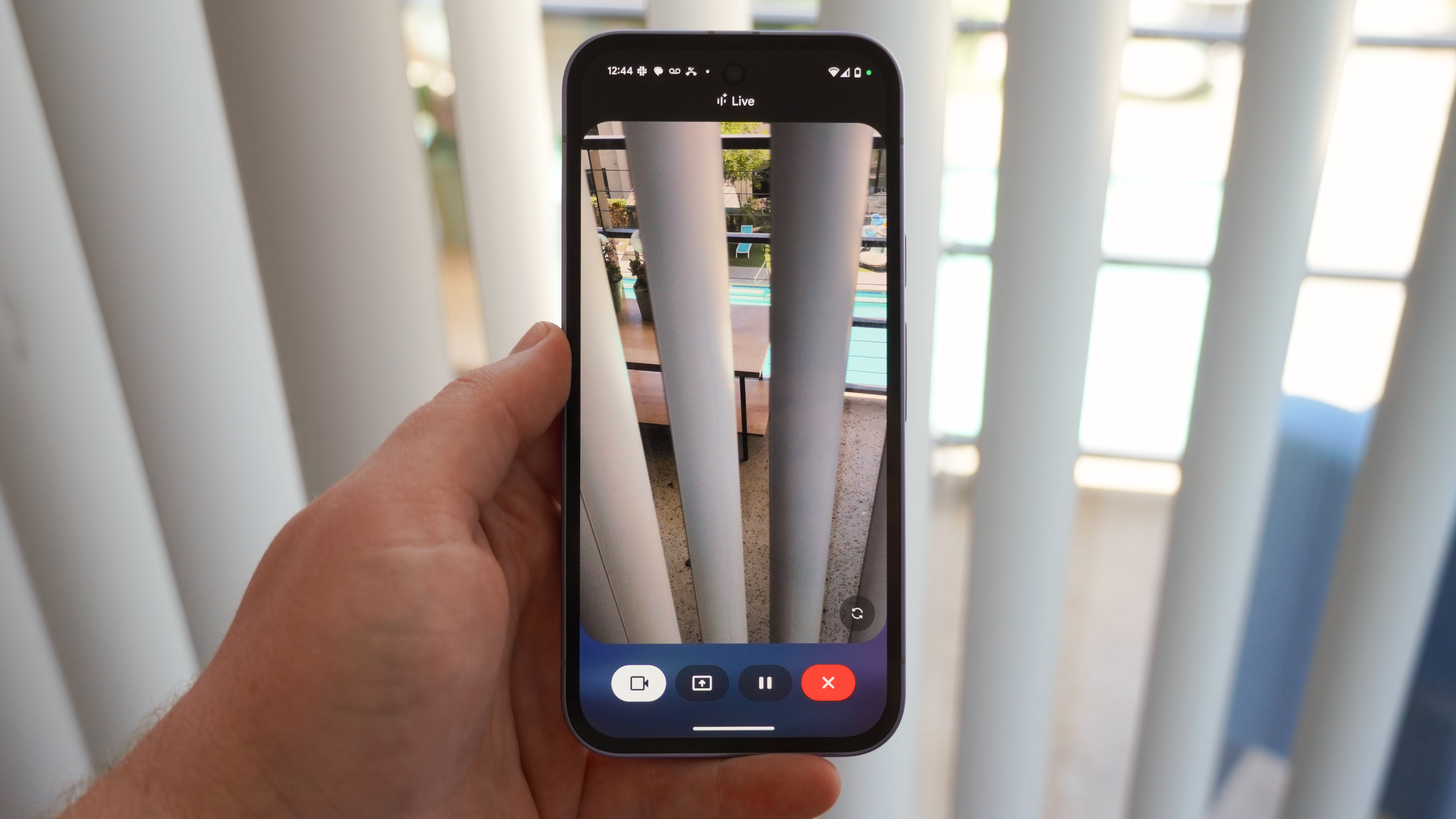OnePlus 8 vs. Galaxy S20: Which should you buy?
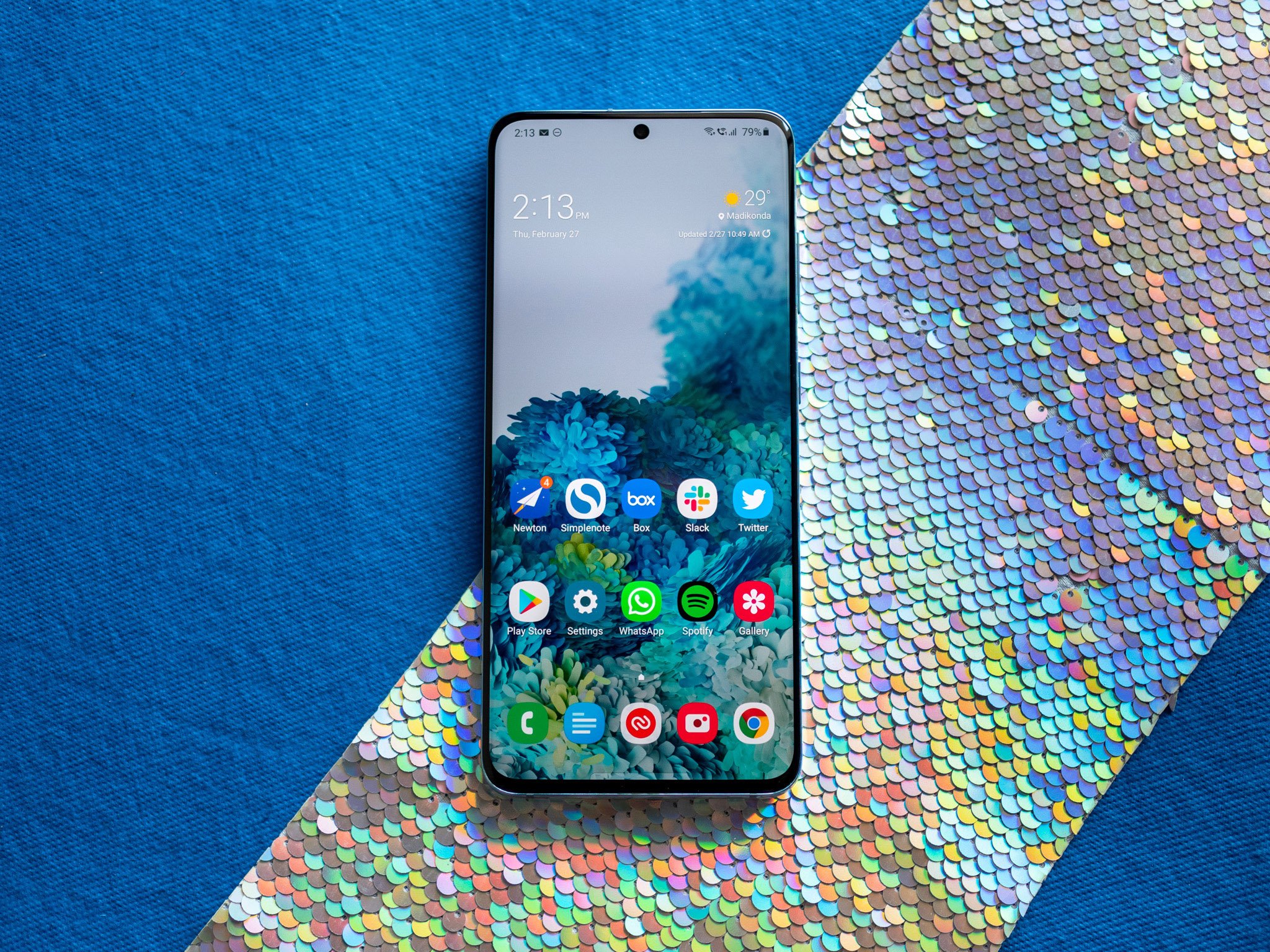
Samsung Galaxy S20
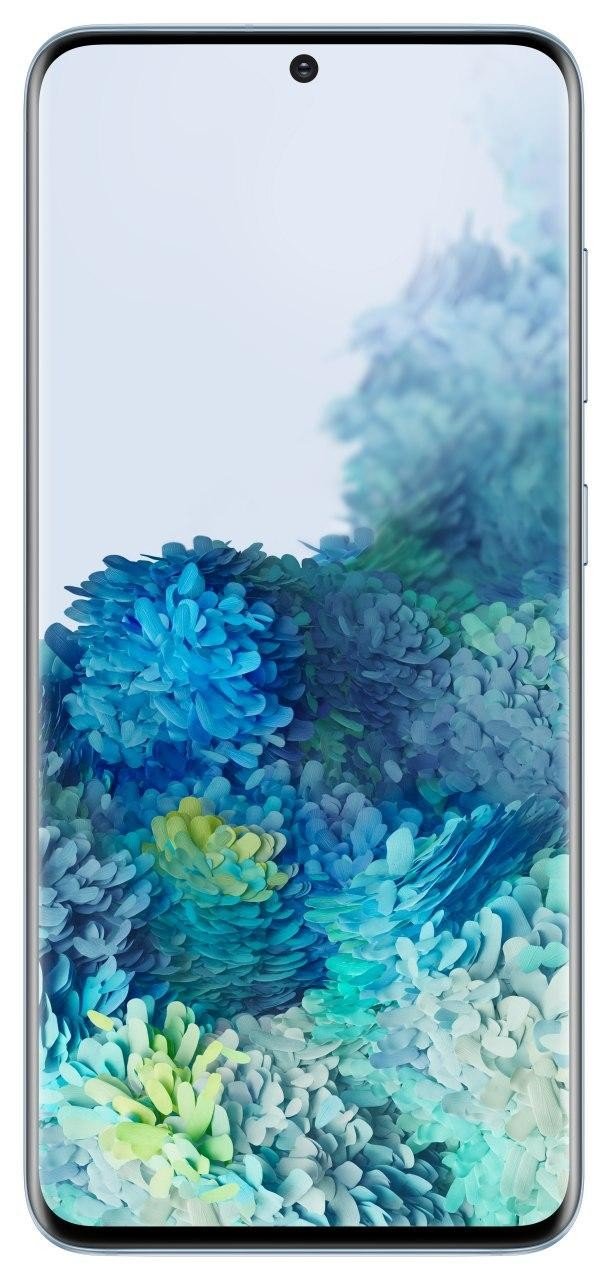
With upgrades across the board, the Galaxy S20 redefines flagships in 2020. The stunning 120Hz AMOLED screen is the best you'll find on any phone today, the cameras have picked up a host of new features, and you'll find the latest internal hardware. Combine that with the fact that the phone is ideal for one-handed use and it's easy to see why the S20 is one of the best phones of the year.
Samsung Galaxy S20
True flagship
OnePlus 8
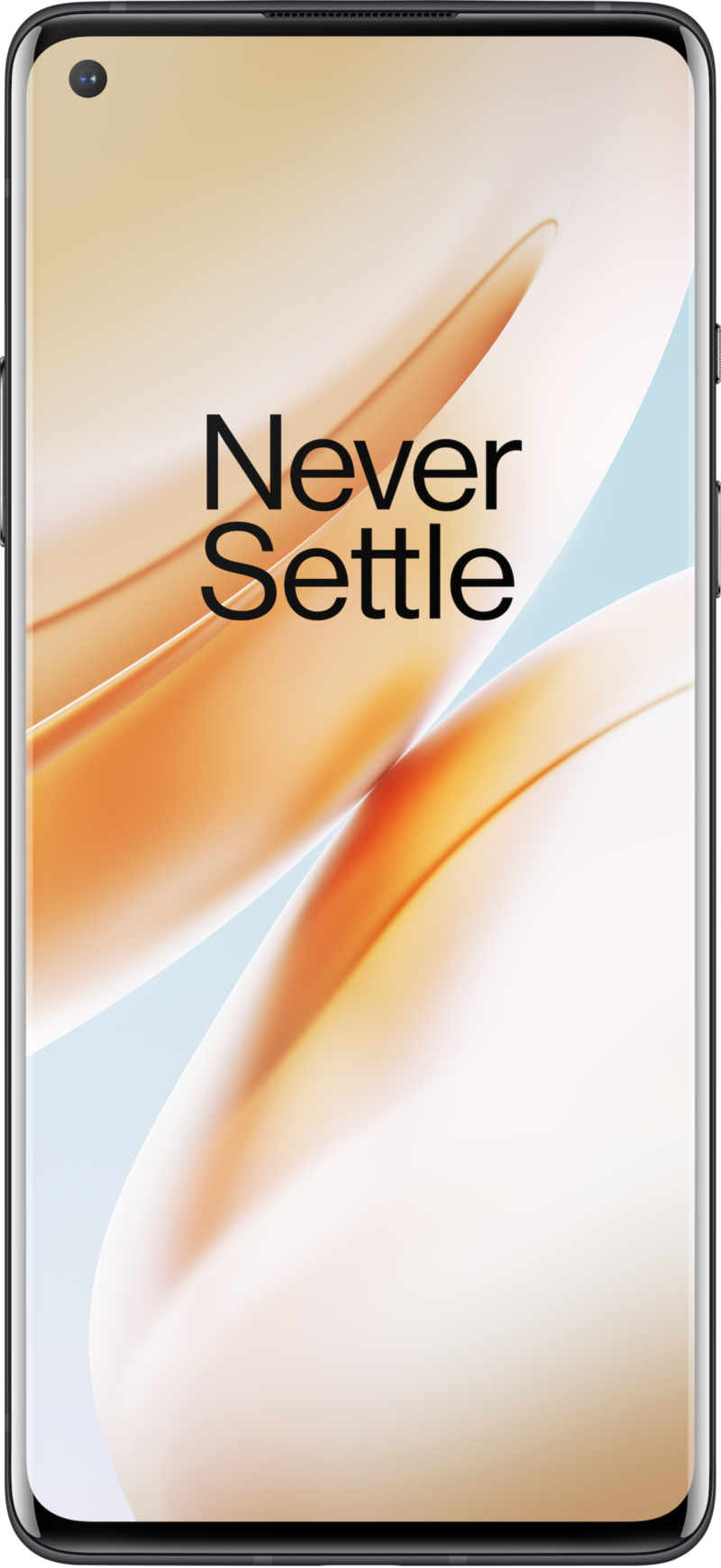
The OnePlus 8 has Qualcomm's latest silicon and a larger 4,300mAh battery, but in most regards, this is the same phone that we got six months ago in the 7T. The fundamentals are unchanged, and when you consider that the device costs $200 more than the 7T, it just does not make sense. You're not really gaining anything over the 7T here, and that makes the OnePlus 8 less exciting.
OnePlus 8
Just the basics
OnePlus has introduced its 2020 portfolio, and while the company added exciting new features to the flagship OnePlus 8 Pro, the standard OnePlus 8 is a more familiar device that shares a lot of features with last year's 7T. The Galaxy S20, meanwhile, offers key upgrades in just about every category. So let's see if you should settle for a value flagship or spring for the Galaxy S20.
The OnePlus 8 nails the basics, but the Galaxy S20 comes with all the extras
OnePlus added wireless charging and an IP68 rating to the OnePlus 8 Pro this year, but the regular OnePlus 8 doesn't have those features — at least on the unlocked model. It is instead an updated variant of last year's OnePlus 7T with a new chipset, slightly larger battery, and 5G connectivity.
The Galaxy S20, meanwhile, comes with all the features you'd want in a true flagship. There's 15W wireless charging, IP68 dust and water resistance, and even the ability to charge other devices wirelessly at 9W. Then there's connectivity, a stunning 120Hz AMOLED panel that sets the bar for the industry, and upgraded cameras.
| Header Cell - Column 0 | Samsung Galaxy S20 | OnePlus 8 |
|---|---|---|
| Operating system | Android 10One UI 2.0 | Android 10OxygenOS 10 |
| Display | 6.2-inch 120Hz Dynamic AMOLED3200x1440 (20:9)HDR10+Gorilla Glass 6 | 6.55-inch Fluid AMOLED2400x1080 (20:9)HDR10+3D Gorilla Glass |
| Chipset | Snapdragon 8651 x 2.84GHz A773 x 2.42GHz A774 x 1.80GHz A557nm | Snapdragon 8651 x 2.84GHz A773 x 2.42GHz A774 x 1.80GHz A557nm |
| RAM | 8GB LPDDR5 | 8GB/12GB LPDDR4X |
| Storage | 128GB/512GB UFS3.0 | 128GB/256GB UFS3.0 |
| MicroSD slot | Yes (Up to 1TB) | ❌ |
| Rear camera 1 | 12MP f/1.81.8um, OIS8K at 24fps | 48MP, 0.8umf/1.75, OIS4K at 60fps |
| Rear camera 2 | 64MP, f/2.00.8um, OIS, telephoto3x optical zoom, 30x hybrid | 2MP, 1.75umf/2.4, macro lens |
| Rear camera 3 | 12MP, f/2.21.4um, wide-angle | 16MP, f/2.21.0um, wide-angle116° FoV |
| Front camera | 10MP, f/2.24K video, autofocus | 16MP, f/2.41080p video, fixed focus |
| Connectivity | 5G Sub-6, SA and NSAWi-Fi 6 4x4 MIMO, Bluetooth 5.0NFC, AptX HD, A-GPS | 5G Sub-6, SA and NSAWi-Fi 6 2x2 MIMO, Bluetooth 5.0AptX HD, NFC, A-GPS |
| Audio | USB-CStereo speakers | USB-CStereo speakers |
| Battery | 4000mAhNon-removable | 4300mAhNon-removable |
| Charging | USB-C PD 3.025W fast charging15W wireless charging | USB-C 3.1Warp Charge 30T (5V/6A) |
| Water resistance | IP68 | IP68 (Only on carrier models) |
| Security | In-display fingerprint (ultrasonic) | In-display fingerprint (optical) |
| Dimensions | 151.7 x 69.1 x 7.9mm163g | 160.2 x 72.9 x 8.0mm180g |
| Colors | Cloud Blue, Cloud Pink, Cosmic Gray, Cosmic Black | Onyx Black, Glacial Green, Ultramarine Blue |
Let's go into more detail on the hardware. The Galaxy S20 has a 6.2-inch QHD+ AMOLED panel, along with the marquee addition this year: 120Hz refresh rate. The feature only works when you lower the screen resolution to FHD+, but the tradeoff is more than worth it. The high refresh rate makes an immediate difference, and you just have to use it to see just how smooth and fluid it is over a regular 60Hz panel.
The Galaxy S20 costs $300 more, but you're getting a 120Hz screen, much better cameras, and all the extras.
The OnePlus 8, meanwhile, has the same 6.55-inch 90Hz FHD+ AMOLED panel as last year's 7T, but this time the screen has subtle curves on either edge. Other than that, you're getting the same smooth panel, and while it may not be as fluid as what Samsung is offering on the S20, OxygenOS is well-optimized for the 90Hz panel.
Be an expert in 5 minutes
Get the latest news from Android Central, your trusted companion in the world of Android
Both phones have HDR10+, but the one feature I don't like on the OnePlus 8 is the positioning of the front camera cutout. It's on the left side of the screen this time, and that makes it harder to ignore than the centered cutout on the S20. You also get stereo sound on both devices, and barring the issue with the cutout it's generally a delight to play games and stream videos on either device.
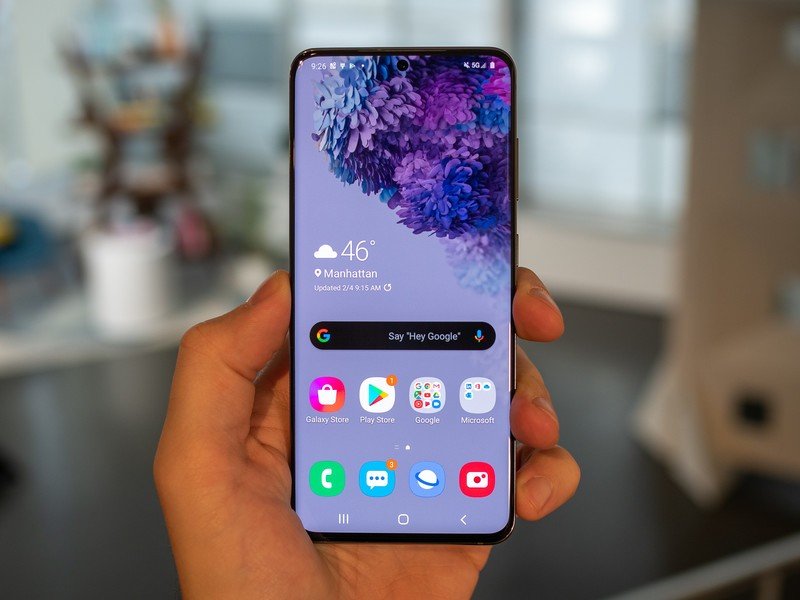
Switching over to the hardware side of things, both phones are powered by Qualcomm's latest Snapdragon 865 chipset, and they come with 8GB of RAM and 128GB of storage as standard. The Galaxy S20 has a microSD slot that lets you extend the storage by an additional 1TB, which isn't the case on the OnePlus 8. The S20 also has newer LPDDR5 RAM, with the OnePlus 8 using an LPDDR4X memory module.
Samsung also has an edge in other areas. You get IP68 dust and water resistance as standard, and there's 15W wireless charging. The OnePlus 8 technically has an IP68 rating, but you won't find it on the unlocked model. That said, the T-Mobile and Verizon carrier variants clearly advertise IP68, so it is likely that the carriers are paying for the requisite certification. You still won't find wireless charging on any variant of the OnePlus 8.
As for wired charging, the S20 features 25W fast charging that fully charges the battery in just over an hour, with the OnePlus 8 coming with Warp Charge 30T, the company's 30W fast charging solution. The one area where Samsung loses out is the in-display fingerprint sensor. The S20 uses an ultrasonic module that's just not as fast as the optical solution used by OnePlus and just about every other manufacturer.
There's only one compact phone here, and that's the Galaxy S20.
Although OnePlus claims that the OnePlus 8 is a compact phone, this is just not the case. With dimensions of 160.2-by-72.9-by-8mm, the phone is just as tall and wide as most devices in the market today. By contrast, the Galaxy S20 is actually usable one-handed, and its dimensions of 151.7-by-69.1-by-7.9mm qualify it as a compact device in 2020. I used the Galaxy S20 for the better part of two months, and it has ruined other phones for me. Now every other phone feels too big and unwieldy, so if you're looking for a smaller device with the latest internals, the Galaxy S20 is the perfect phone for you.
On the design side of things, the Galaxy S20 is available in attractive new color options (I'm partial to the Cloud Blue variant), and that's the case with the OnePlus 8 as well. With a striking new Interstellar Glow option and a stunning Glacial Green variant, there's no shortage of great colors to choose from.
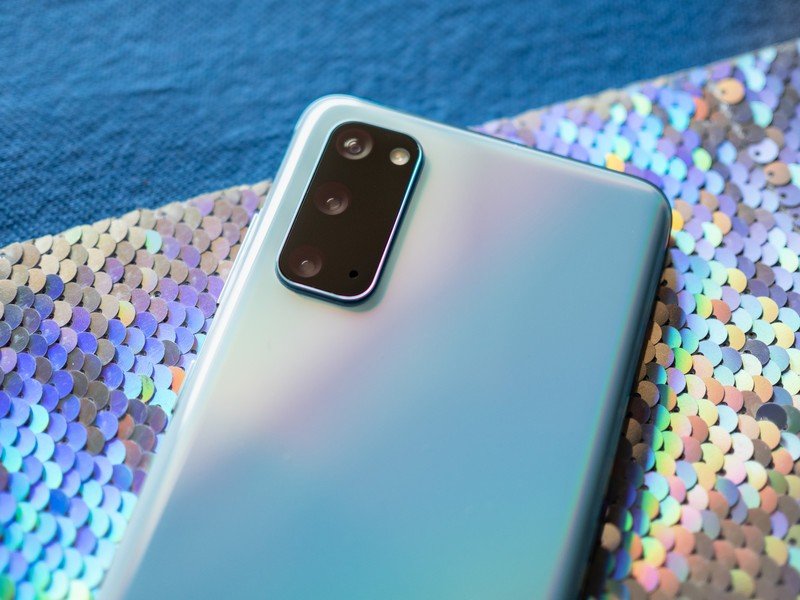
If there's one category where OnePlus is in the lead, it is the software. OxygenOS is the epitome of Android skins, and in spite of all the positive changes Samsung made with One UI over the last 18 months, it doesn't come close to what OnePlus is offering.
Because of its diminutive size, the Galaxy S20 only offers Sub-6 5G connectivity, so it doesn't work on Verizon's mmWave-based 5G network. Samsung is planning a second verison of the S20 with both Sub-6 and mmWave connectivity, but that model isn't debuting until Q2 2020.
As for the OnePlus 8, the device also has just Sub-6 5G connectivity, but the company partnered with Verizon to launch a carrier model that includes mmWave connectivity. However, the unlocked model is limited to Sub-6 5G bands, and you have to pick up the Verizon variant to access the carrier's 5G network.
How do the cameras stack up?
The Galaxy S20 has a clear edge on the camera side of things. The phone has an upgraded 12MP primary lens, and it takes photos on the same caliber as the Pixel 4. There's also a 64MP zoom lens on the S20 that delivers 3x optical and 30x hybrid zoom. Finally, you get a 12MP wide-angle lens that's one of the best in the industry. In fact, Samsung did a great job this year when it comes to offering a similar image quality across all three lenses.
With camera upgrades across the board, the Galaxy S20 takes much better photos in any lighting condition.
The OnePlus 8 has the same optics as the 7T with one change: The zoom lens has given way for a 2MP macro lens, making the OnePlus 8 an inferior choice to the 7T. There's the same 48MP sensor that OnePlus used last year, and while the camera tuning has gotten better, you're not going to see any huge difference in resultant images.
The 10MP front camera on the S20 lets you shoot 4K video and has autofocus, while the 16MP sensor on the OnePlus 8 has fixed focus and is limited to 1080p video. Oh, and then there's the fact that the S20 also lets you shoot 8K video. You are limited to 24fps, but the fact that you can even shoot 8K video on a phone is incredible.
Here's why you should buy the Galaxy S20
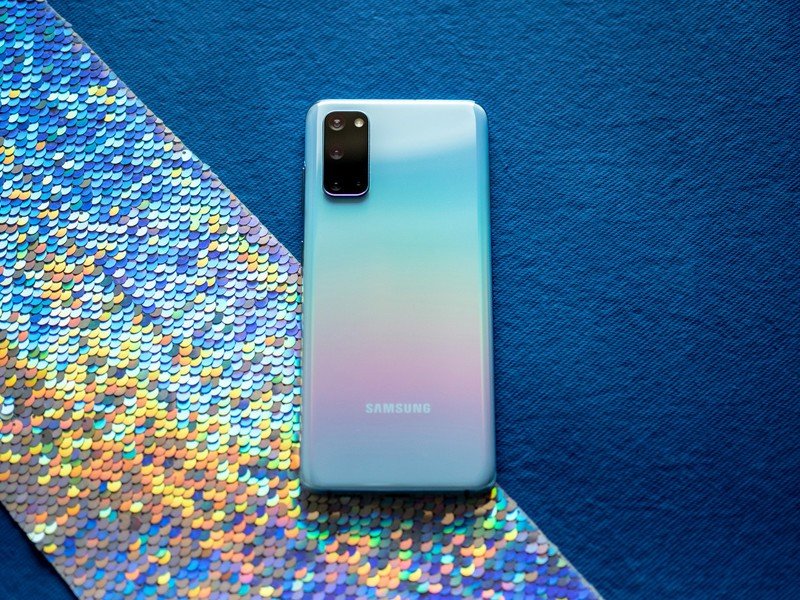
The OnePlus 8 clearly has a lot to offer, but the fact that the phone is basically a new variant of the OnePlus 7T tempers the excitement to a degree. Meanwhile, the Galaxy S20 comes with exciting new features in just about every area, making it the standout winner here.
The Galaxy S20 is the obvious choice, and Samsung's trade-in deal makes it easy to get your hands on one.
Sure, the Galaxy S20 starts off at $1,000, but if you're upgrading from an existing Galaxy device, you can easily get up to $500 in trade-in value. Samsung's trade-in scheme is ridiculous, and you can even turn in a Pixel 4 and get $400 off on the retail price of the Galaxy S20. Samsung's buy-back program also guarantees 50% credit toward a future Galaxy purchase when you turn in your S20 within 24 months, and that's very generous.
So while the Galaxy S20 costs more, it is easy to trade in an existing device and get a substantial discount. The phone definitely has a lot to offer, and the 120Hz AMOLED screen in particular is incredible. The internal hardware is also the best that you'll find on any phone, and the upgrades to the camera make the S20 a fantastic flagship.
The OnePlus 8 also has a lot going for it, but it just doesn't move the needle enough in the right direction. There really isn't anything here that you won't find on the OnePlus 7T, and with that device now available for just $499, you're better off just picking up the 7T if you want to save some cash and still get a phone with great internals and a 90Hz screen.

The flagship you deserve
The Galaxy S20 has all the features you care about, and then some. The 120Hz AMOLED panel is stunning, you get the latest internal hardware available, and the cameras have received meaningful upgrades. There's also all the extras, including 15W wireless charging, IP68 water resistance, and you even get 8K video recording. The S20 costs a lot of money, but you're getting your money's worth here.

Great hardware, but not enough value
There are a lot of things the OnePlus 8 gets right, including the 90Hz AMOLED display, Snapdragon 865 chipset, 8GB of RAM and 128GB of storage as standard, and 5G connectivity. But because the device is essentially an upgraded variant of the 7T, you're not really getting anything here to justify the hike in cost, and you're just better off picking up the 7T in 2020.

Harish Jonnalagadda is Android Central's Senior Editor overseeing mobile coverage. In his current role, he leads the site's coverage of Chinese phone brands, networking products, and AV gear. He has been testing phones for over a decade, and has extensive experience in mobile hardware and the global semiconductor industry. Contact him on Twitter at @chunkynerd.
